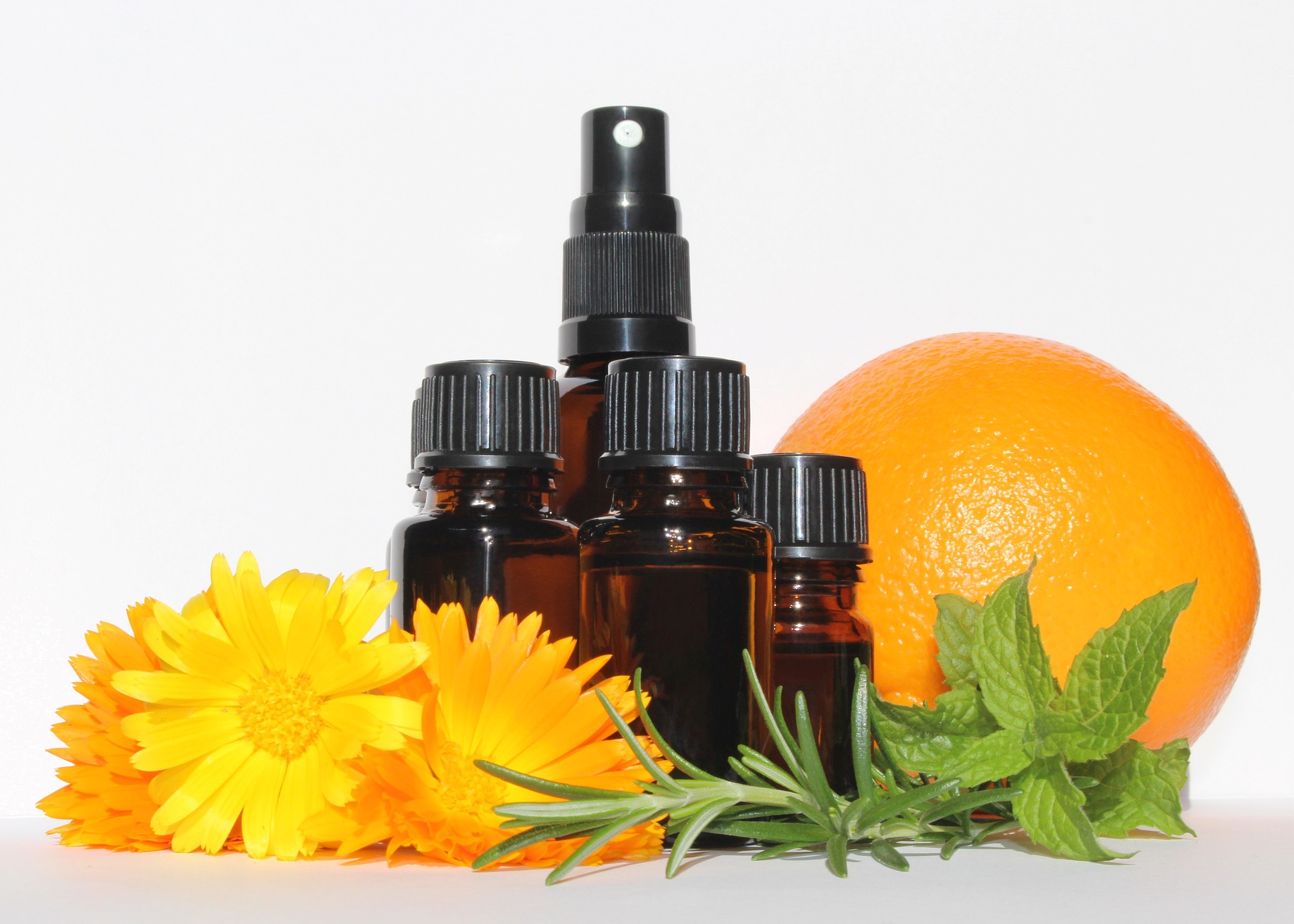Classroom diffusion is an increasingly important safety topic to address. While teachers aim to diffuse to reduce the incidence of illness and spread of germs in their classroom, or diffuse “calming” or “focus” blends to mediate classroom teaching, active diffusion during class has myriad safety concerns.
Here are the 5 main concerns:
- Are the oils used appropriate for age?
According to the latest safety recommendation from Tisserand and Young (2014), certain essential oils known for their high antimicrobial and antiviral activity may increase the risk of adverse reactions. These oils tend to be marketed as germ-fighters. A common list of such oils and their contraindications include:
- Cinnamon – contains the constituent eugenol, which is hepatotoxic, meaning it may cause damage to the liver. Overdose is possible, particularly around young children with immature livers, causing a wide range of symptoms from blood in the patient’s urine, to convulsions, diarrhoea, nausea, unconsciousness, dizziness, or rapid heartbeat. In general, irritation, over-stimulation and physical discomfort is possible from over-exposure via inhalation.
- Clove – contains high levels of eugenol, approximately 80-90%. In general, irritation, over-stimulation and physical discomfort is possible from over-exposure via inhalation.
- Eucalyptus species and 1,8-cineole-rich oils – eucalyptus oils generally contain high levels of 1,8-cineole, a constituent known for triggering respiratory distress especially in those with compromised respiratory systems. Tisserand and Young (2014) recommends to avoid use on or near the faces of children 6 years and under.
- Peppermint, cornmint, and other menthol-rich essential oil – menthol is known to stimulate cold receptors in the lungs, and this triggers a reflex in young children which slows down breathing significantly, and sometimes dangerously.
- Rosemary and camphor-rich oils – rosemary also contains 1,8-cineole, as well as camphor. Camphor is known to trigger seizures in those suffering from epilepsy.
- Has health assessments and contraindications been checked for each student in the class?
As per above, essential oils do pose safety hazards for those with medical issues. Diffusing without parental informed consent – “informed” meaning parents are fully aware of contraindications of essential oils selected – may cause harm, and is also akin to providing medication without permission from parents and the appropriate health professional. Other health considerations include: asthma, ADD/ADHD/autism, chemical sensitivities, immune-compromised, and medications. Different essential oils are known to trigger different reactions in asthmatics, so caution must be taken for all oil-use. Oils such as lavender and chamomile, while generally calming/sedating, has been documented to have the opposite effect on children and adults with ADD/ADHD/autism. Any fragranced oils including essential oils can be highly-irritating to those with sensory processing difficulties and chemical sensitivities. Certain essential oils have also been documented to interact with medication.
- Are the oils being diffused constantly?
According to research, constant diffusion is ineffective at best (habituation effect) and increases risks to sensitisation at worse. Over-exposure to fragrances including essential oils can cause headaches, nausea and light-headedness. Safety recommendations are 30 minutes on and 60 minutes off for best results with minimal risks, with open air-flow, for a water-type or ultrasonic diffuser. For nebulising diffusers that emit pure essential oil into the air, the recommended diffusion time is 10 minutes, 2-3 times a day for adults. For children, reduce the amount of time diffused.
However, contraindications and at-risk populations must be noted – safe times for diffusing would be before and after school hours when no children are present. For amounts to diffuse, this depends on the type of diffuser used. Follow the instructions included with the diffuser, or the essential oil bottle.
- Are we causing more long-term harm by mediating developing immune reactions with strong antivirals and antimicrobials?
According to a recent article by Lauren Bridges (2017) published on Tisserand Institute, overuse of strong antimicrobials may inhibit immune system development in young children, as well as risking sensitisation, overexposure to stimulating oils and possibly contributing to bacterial resistance. Other effective aromatic options with better safety profiles, is recommended.
- Is diffusing in compliance with policies? Are there legal concerns?
Schools generally have policies on the use of fragrance, and this includes essential oils. There may also be legal concerns around causing harm through diffusing essential oils without informed consent from parents or consultations with a child’s medical practitioner.
FAQs:
- Aren’t essential oils natural and better than fragrance plug-ins or chemical sprays?
Although essential oils are derived from plants an are thus considered natural, versus synthetic fragrances, side effects such as nausea, light-headedness and headaches have been documented with overexposure. Contraindications with medical conditions and medications have also been documented. Essential oils have the potential to both help and harm, so risks and cautions must always be considered when using essential oils.
- What if I source essential oils from a trusted company?
While purity of essential oils is important, pure essential oils, regardless of company or marketing spiel, pose risks and adverse reactions, based on their chemical constituents. Cautions, contraindications and safe use must be considered for all essential oils.
- My child’s classroom is diffusing essential oils and I am concerned about reactions. What do I do?
Refer to your school’s policies on fragrances and medications – most schools prohibit the use of fragrances due to chemical sensitivities, and medications require prescriptions from medical practitioners. Refer to the school’s Complaints Policy as well for procedures to guide you in raising your concerns. Consult your medical practitioner if you have concerns about your child reacting to essential oil diffusion. Print off this information sheet to include in your case.
Recommendations:
- Personal inhalers – individual personal inhalers for teachers is a safer option if they wish to support their immune system.
- Diffuse before and after school hours, when children are not present. Follow dosage amounts on essential oil bottle and instructions for diffuser equipment.
- Reminders for Hygiene practices – handwashing, cough etiquette, wiping surfaces, enforce quarantine periods
- Consult a clinical aromatherapist or IAAMA (Australia’s International Aromatherapy and Aromatic Medicine Association) if you as a parent or a school has further concerns.
References:
- Bridges, 2017, “Risk vs. benefit: using potent antimicrobial essential oils with children”, Tisserand Institute, published 28 December 2017,
accessed 12 February 2018, <http://tisserandinstitute.org/antimicrobial-essential-oils-children/> - Tisserand & R. Young, 2014, “Essential Oil Safety: A Guide for Health Care Professionals”, 2nd edn, Elsevier Health Sciences, UK.

